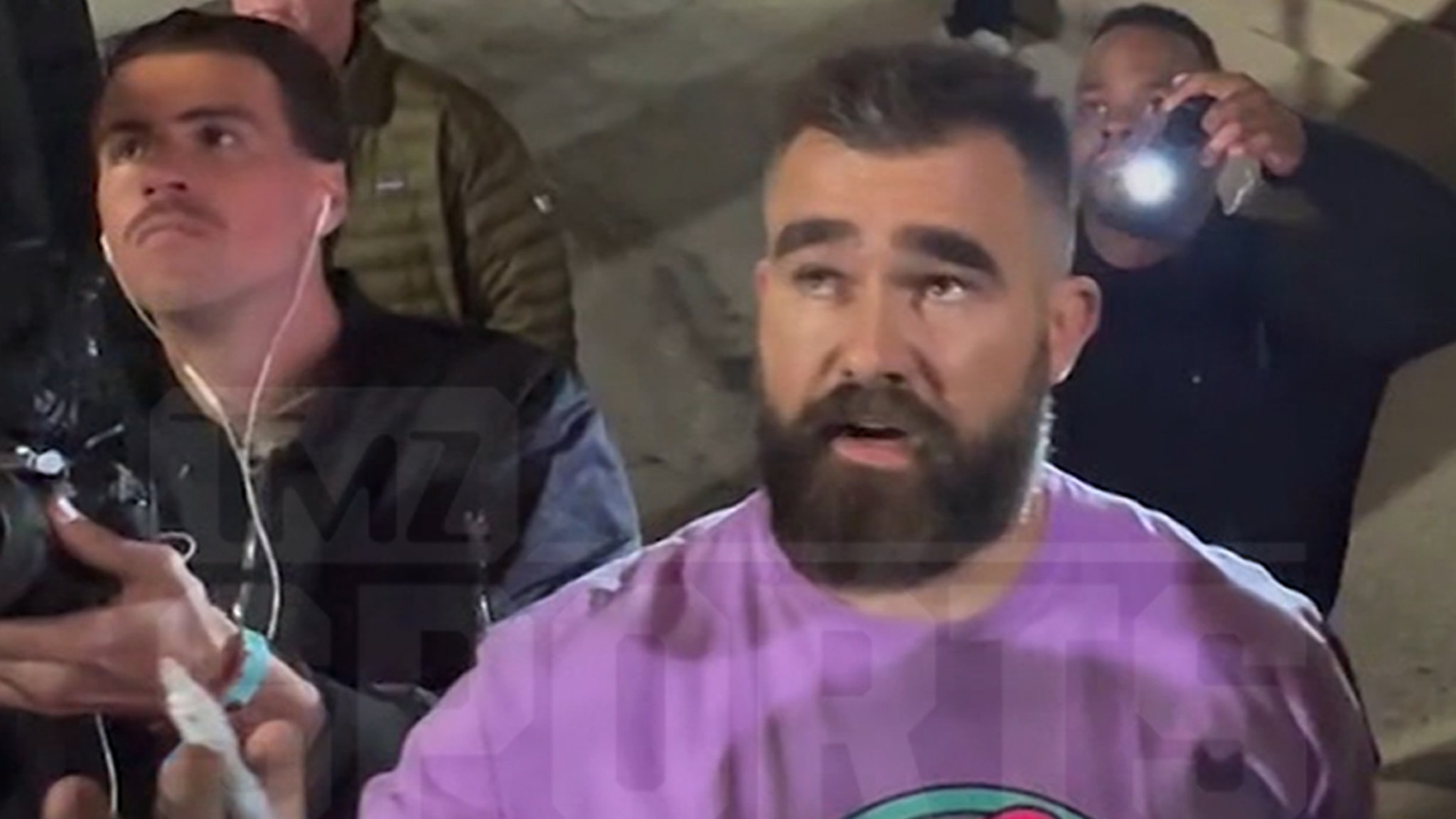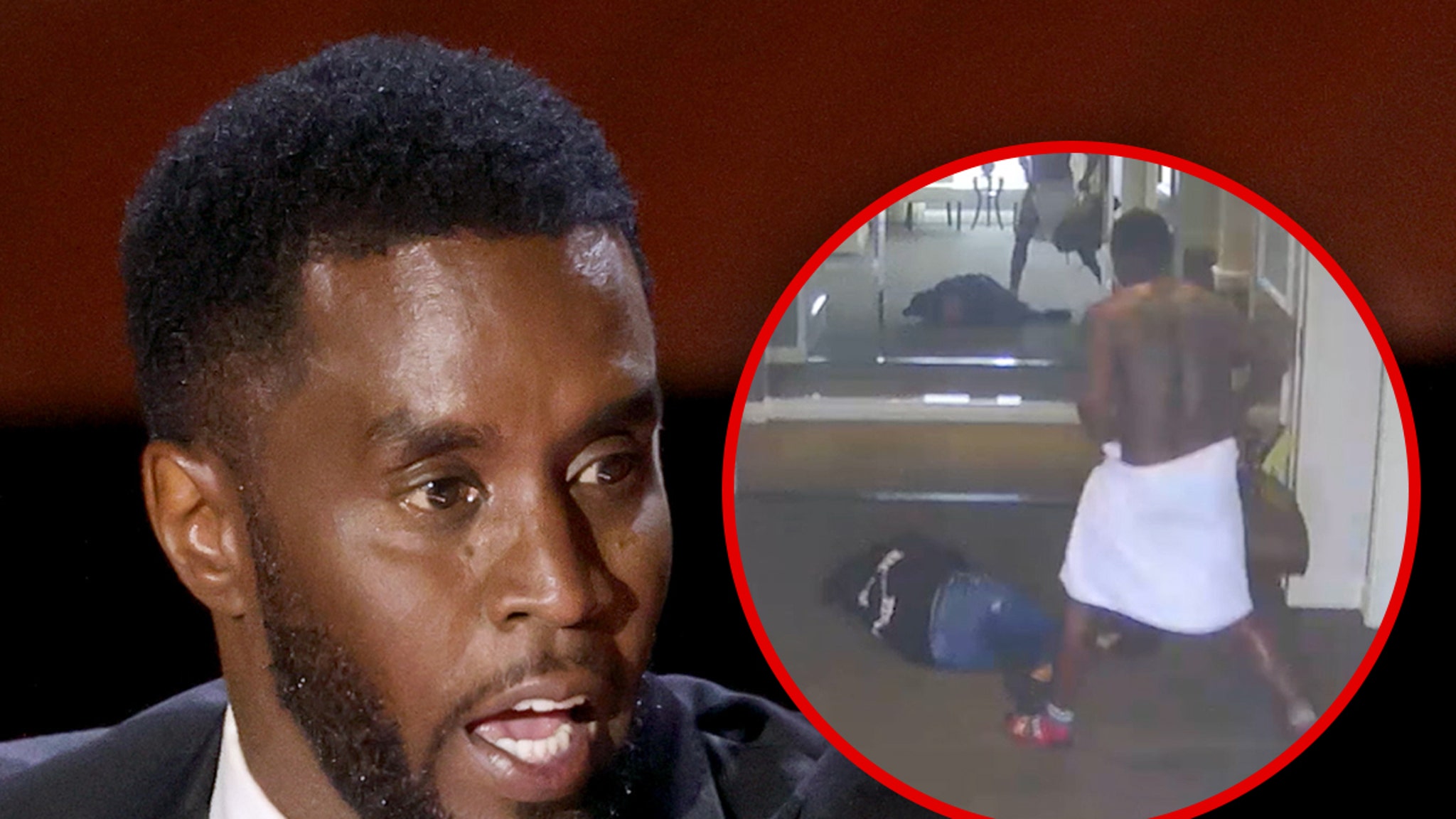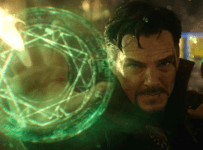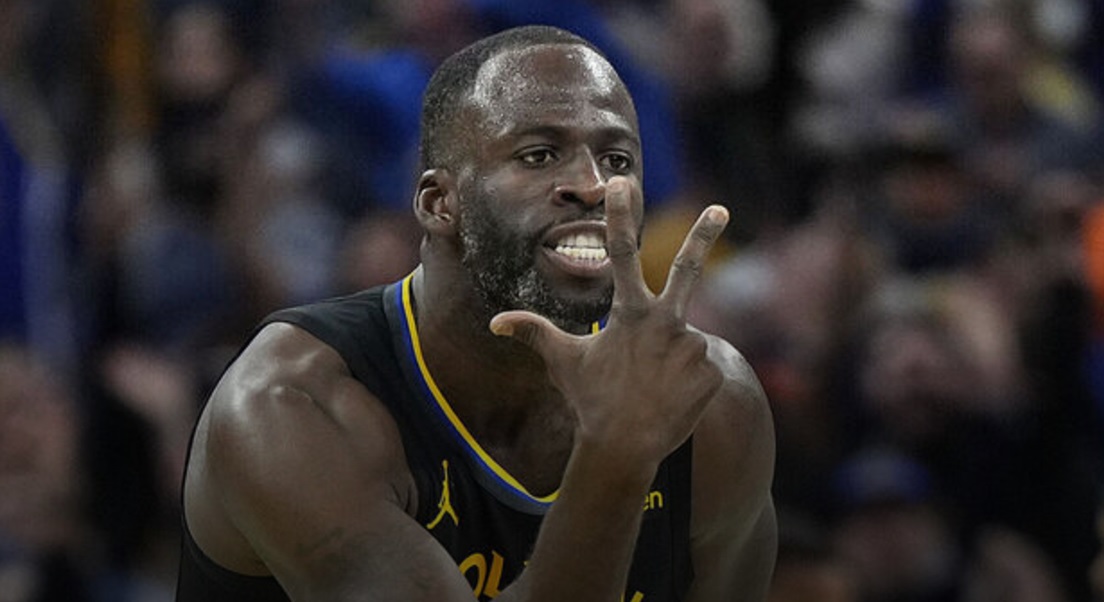Included in this documentary are the many large building blocks from his crystallization as a Black icon. (racist birther madness; “Key & Peele”‘s Obama anger translator; a terrible attempt by the New Yorker at right-wing parody, “terrorist fist jabs,” it’s all here). In many ways, it’s like the narrative, chronological companion to what Ta-Nehisi Coates wrote about in his Obama essays for The Atlantic, which later was collected in the indispensable book We Were Eight Years in Power. Coates appears in the documentary, along with other heavyweights like Cornel West, Jelani Cobb, the Reverend Al Sharpton, the late Senator John Lewis, and more. Like Coates’ book, Kunhardt’s film brightly illuminates how essential the discussion of Obama’s handling of race is to American culture as a whole, especially when it was no accident that every president before him was a white man.
Kunhardt breaks the story into three feature-length parts, but makes sure that we first recognize Barack Obama as a former kid from Hawaii, who then became an activist in college, studied at Harvard Law, and began a political career in Chicago. In 100 minutes, he vividly colors the Obama origin story with different life chapters, while providing a tangible sense of how someone like him would eventually run for president. Like the best of celebrity memoirs (Steve Martin’s Born Standing Up comes to mind), “Obama” always keeps visible the tether that connects the future president to his original communities, his family, his hard work. The investment of this documentary in being so detailed with backstory pays off huge, in that you don’t simply see President Obama when he speaks on the 2008 campaign trail, but a smart college kid whose audience just got bigger and bigger. Even more so, you don’t see a symbol, but a man who constantly navigated issues of identity in the public eye.
This first part also plants the ideas that will repeat throughout Obama’s ascendancy—his having to face numerous cringe-worthy questions from white reporters about his Blackness, or ingratiating himself to the Black community while not alienating white voters. Kunhardt’s docuseries presents this history in a fashion as current as standing on a tightrope. The disastrous moments, like his administration throwing Shirley Sherrod under the bus for a viral video that was doctored to be simply inflammatory, especially highlight the flawed work Obama took on. Kunhardt’s docuseries also gives a space to people like Sherrod, or Obama’s former paster Jeremiah Wright (who suffered a similar treatment from right-wing editing), to give their side of the story, even if it does not always make Obama look good.
You can view the original article HERE.





























